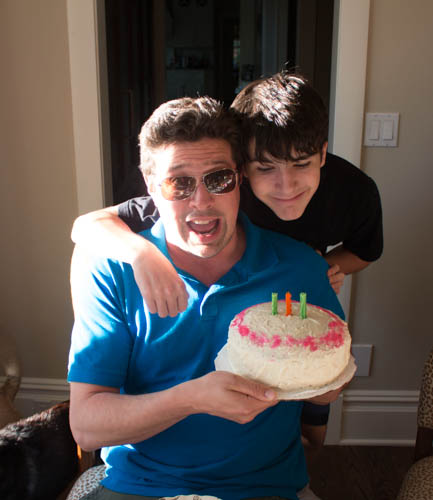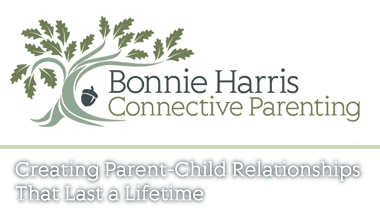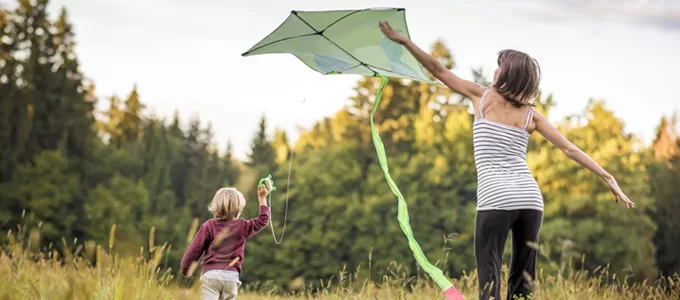 ‘Tis the season for the gimmies—the time of year that is ripe for parents to catastrophize about their children’s self-centeredness. There is no magic age when children suddenly start thinking of giving to others, but parents can prime the pump long before true generosity emerges.
‘Tis the season for the gimmies—the time of year that is ripe for parents to catastrophize about their children’s self-centeredness. There is no magic age when children suddenly start thinking of giving to others, but parents can prime the pump long before true generosity emerges.
Little children love giving. Babies want to mimic adult behavior and get great glee out of feeding the person who feeds them, handing precious objects to the caregiver who is willing to give them back, drawing picture after picture for someone they love. Parents have the job of gracefully transitioning their children from experiencing the pleasure of handing a toy to a crying child to thinking of the needs and wants of others and becoming generous human beings.
We want our children to experience the feeling of giving something to someone who is totally delighted by the offering. Nothing lights up a child’s face like presenting something they have found, thought up, or made and getting that look of surprise and appreciation from the receiver of the gift.
When holidays and birthdays roll around, encourage young children to offer a gift of themselves: A drawing, a private dance performance, a special stone found on a walk or a trip, a loved but no longer wanted toy, a dictated story about the person, a stick found in the shape of the person’s initial.
Giving an allowance as soon as your child is aware of and cares about money (typically around 7 or 8) is an important aspect of developing generosity. Some parents give a two or three part allowance: One for spending money, one for saving, and a third for a gift to a charity of their choice. An allowance teaches the child about the value of saving and spending money—as well as its role in giving. When children have experienced the benefits of saving up for something special (delayed gratification), they are probably ready to use some of their allowance on a gift for a parent, sibling or best friend. Perhaps you could offer some jobs for her to choose from to earn a little extra spending money. Then talk about how much seems reasonable to spend and what she could buy with that amount.
If she likes the idea of buying gifts, you can plan a special shopping trip so you can show her what types of things are in her budget. Your shopping trip can become a wonderful life skills lesson. Not to mention the fun of spending precious time together. After the shopping is done, treat your child to a hot chocolate at a favorite café and go over her purchases imagining what everyone will think when they open her presents.
Please and thank you are always welcome words to hear from your child. They are taught mostly from modeling. Always say please and thank you to your child from his pre-verbal years on. You will soon start hearing those words back. And when he forgets or his emotions provoke his demands, keep your reminders light by saying, “Please Mommy, may I have some milk?” when he says, “Milk, now!” or “Thank you, Mommy” as you are handing it to him. The modeling will work better than your demand that he say please or thank you.
When opening presents, your children will likely be so engrossed that thank yous are rare. You might wait until all are opened and then talk about the gifts. “Grandma gave you that great truck, didn’t she? I wonder what would make her feel good about giving it to you?”
And of course your own generosity and charity in both word and deed will teach more than you know. From helping out a sick friend to giving money to charity organizations and talking about them at the dinner table, to engaging your child in Secret-Santa Operations to buy gifts for needy children, etc., your attitudes and actions send strong messages about what you value. The ideas are endless.
Generosity is slow-growing and cumulative. Don’t push it or expect too much from your egocentric children. Remember, they want what they want when they want it. It takes maturity to understand that other people’s wishes are as important as their own.







